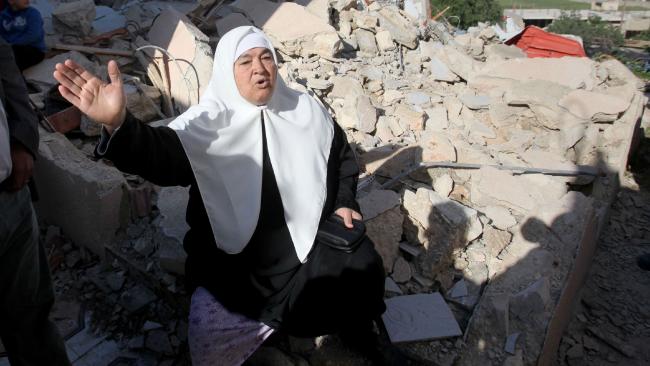It’s 2022. Israel has annexed 60 per cent of the West Bank and bestowed citizenship on the 150,000 or so Palestinians living there. The rest of the long-disputed territory is under the control of an autonomous Palestinian leadership that has a capital in Ramallah. Every day hundreds of thousands of Palestinians travel to their jobs in the undivided Jewish capital of Jerusalem and elsewhere in “Greater Israel”.
Israeli shops and industry are well established in the Autonomous Palestinian Territory — maybe one day it will be called a state — and vice versa. Despite periodic bouts of violence from fringe extremists, the region is almost peaceful.
A booming Palestinian middle class is reaping the benefits of integration with the Israeli economy. The price of entry was letting go of their dreams of statehood.
This is a version of the future that a growing and powerful group on the Israeli Right wants to conjure. Some speculate that such a scenario is what Prime Minister Benjamin Netanyahu has in mind when he talks about a “two-state solution”.
Right now they, like the rest of the world, are peering through the fog of contradictory signals shooting out of Trump Tower and trying to decipher if they have finally found the man who can help deliver their dream.
“The election of a new US president with new ideas, along with the changes in Europe and the turmoil in the Middle East, presents a unique timeframe and opportunity to remove the failed idea of a two-state solution off the agenda once and for all,” Israeli Education Minister Naftali Bennett tells Inquirer.
Bennett leads the Jewish Home party, which is most strongly identified with the settlement movement.
Read the full article by Jacob Atkins at The Australian.

